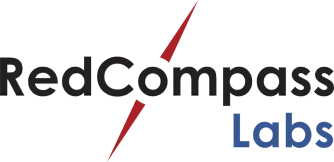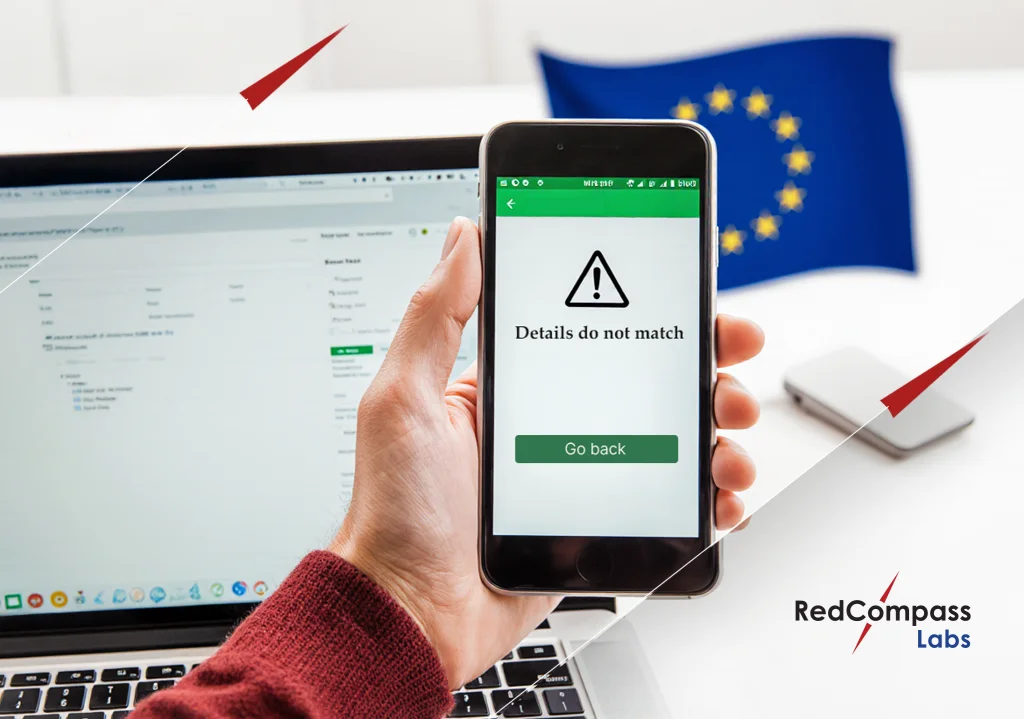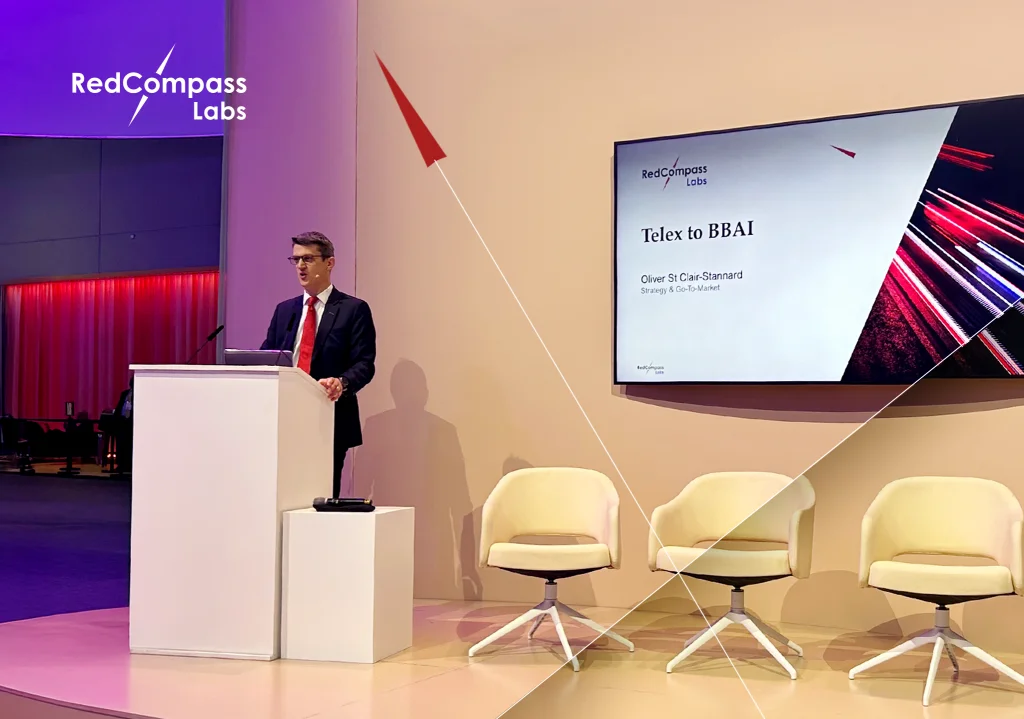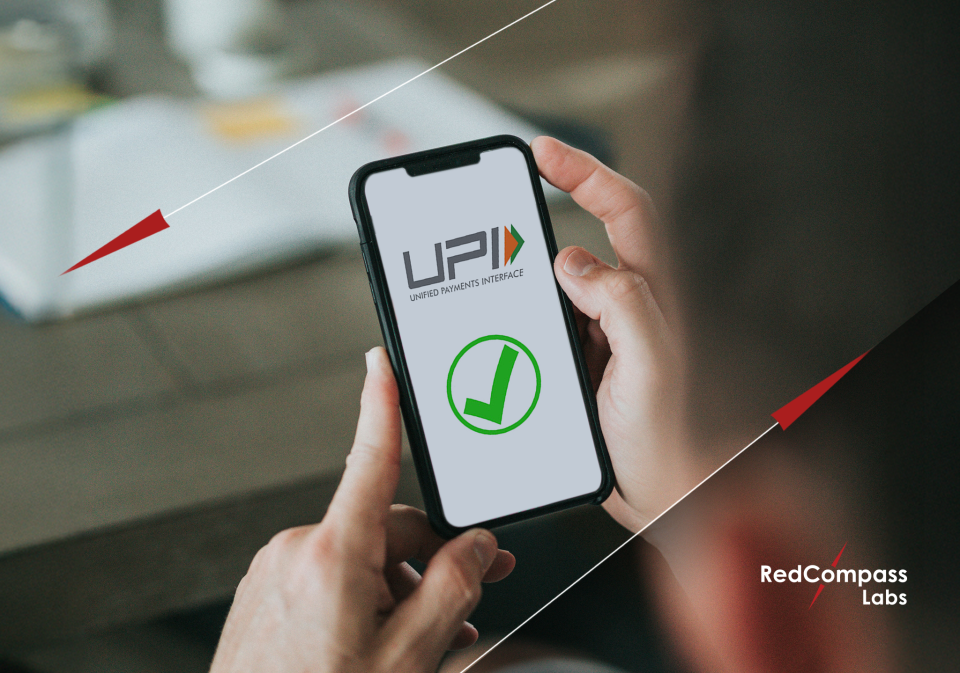ISO 20022 is redefining the world of payments. But what is ISO 20022, and why have so many countries and regions adopted it? We have created an infographic to help you answer these questions and more. Click here to see it.
ISO 20022: A definition
According to its official definition, ISO 20022 is “a single standardisation approach (methodology, process, repository) to be used by all financial standards initiatives.”
ISO 20022 applies to trade, securities, payments, foreign exchange, and cards and is set to become the de facto standard for high-value payments systems of all reserve currencies. By 2023, the multi part international standard will be supporting 80% of global volumes and 87% of value of transactions worldwide.
ISO 20022 Adoption across the world
The migration is happening at different pace across different schemes, regions, and countries.
Based on experience, it is possible to notice how low value and instant scheme typically migrate before high-value schemes for these are less complex and critical in nature.
To date, over 70 countries have already adopted ISO 20022 in their payment systems including Switzerland, China, India and Japan. The latter adopted the global standard in 2015, while in China, the China National Advanced Payments System (CNAPS2) – the country’s primary system covering both RTGS (Real-Time Gross Settlement) and ACH (Automated Clearing House) payments – was live using ISO 20022 messages in 2013.
Back in the West, the European Union was the first region in the world to deploy IS0 20022 XML message standards for retail payments. Decisive to this acceleration was the development of the Single Euro Payments Area (SEPA) and the migration to SEPA credit transfer and direct debit schemes in 2008 and 2009.
The migration in the Eurozone, however, is far from completed. The economic area is in the process of consolidating TARGET2 and TARGET2 Securities with the objective of replacing TARGET2 with a new RTGS system and optimising liquidity management across all TARGET Services. The new platform will be launched in November 2022, which is also the deadline indicated by the European Central Bank for the “Big Bang”. In fact, by November 2022 all EURO payments going through TARGET services will only be in ISO 20022 format.
In Australia MT and MX messages will co-exist between November 2022 and 2024. Singapore, on the other hand, is still defining its migration strategy which is scheduled for November 2021. Likewise, the UK and Hong Kong are still working on their strategy for 2022 while the US rolled out a 3-phase strategy with the aim to complete the migration by the end of 2024.
Despite the regional differences, all financial institutions processing SWIFT MT Category 1,2 and 9 series messages must be able to receive and process compliant ISO 20022 messages by November 2022, as announced early in 2020 by SWIFT (The Society for Worldwide Interbank Financial Telecommunication).
The benefits of ISO 20022
With over 200 payment types in scope, ISO 20022 brings a number of benefits to financial institutions:
- By acting as a lingua franca among all the integrated systems and establishing an identical format of processing at all levels of the chain, ISO 20022 dramatically improves STP rates and reduces the maintenance costs for all the formats.
- The higher level of detail required, and the identical standards, protocols and formats implemented allow better regulatory reporting, more efficient sanctions & AML validations as well as more effective claims & investigations.
- ISO 20022 also improves the liquidity management by providing a new level of financial communication. By capturing more data in a uniform way, the standard enables the adoption of data analysis solutions and added value services that can provide customer insights and generate new revenue streams for banks (e.g. Request to Pay and e-invoicing).
- Finally, ISO 20022 based transaction systems allow longer references for non-Latin alphabets, a functionality that was widely explored in China.
The future of ISO 20022: Could local variations jeopardise its benefits?
The ISO 20022 migration journey is progressing steadily worldwide. By 2025, all financial institutions will have to be able to process ISO compliant payment transactions.
High Value Payments Plus (HVPS+) and Cross Border Payments and Reporting (CBPR+) user groups were established to harmonise the standards between the various regions and make the migration of cross border high value payments as smooth as possible for banks and corporates alike.
While this process of global standardisation will clearly bring benefits for the wider financial industry, some high value payments systems operations have already shown their intentions of implementing local variations.
The Bank of England, for example, is mainly focusing their consultation papers on the UK market, proposing to implement specific purpose codes and very specific party requirements.
What does this mean for banks? The counter-pressure to localise the format will not compromise the benefits brought by ISO 20022. Use cases related to better and more structured data, improvements of STP-rates, reduction of financial crime, and many others, will remain relevant. However, maintaining multiple standards will not allow banks to reduce costs.
Additionally, the adoption of new data requirements at different times in different regions will require banks have to adopt an agile programme structure and target architecture to cope with this vast volume of change.
ISO 20022 is just around the corner. Banks that haven’t done it yet, should start planning their migration journey now. If you are among them, make sure to check out these 9 things that banks should know before migrating to ISO 20022.
If you want to learn more, feel free to get in contact with us. RedCompass Labs offers in-depth ISO 20022 workshops and helps its clients to plan and review their ISO migration strategy (SWIFT Migration, TARGET2, Chaps, etc.). You’ll find more information on our ISO 20022 Migration page.
Please note that the information contained in this infographic is for general information purposes only. While we endeavour to keep the information up to date and correct, we make no representations or warranties of any kind, express or implied, about the completeness, accuracy, reliability, suitability or availability with respect to the information on this page. Make sure to consult the official documents and websites provided by the relevant authorities. We remain, however, available to help you with your ISO 20022 migration at any time.
If you want to learn more download our white paper
Wondering how banks can ensure a timely and successful migration?
Download the “ISO 20022 Migration: 5 must-haves for success” white paper.
Share this post
Written by
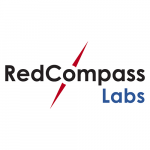
RedCompass Labs
Resource
ISO 20022 Migration: 5 must-haves for success
Wondering how banks can ensure a timely and successful migration? Fill in the form below to download the "ISO 20022 Migration: 5 must-haves for success" white paper.
Download now